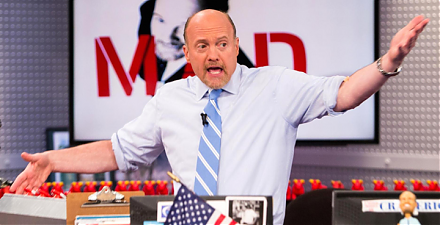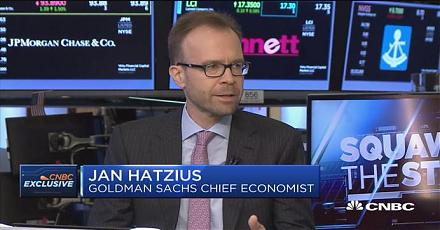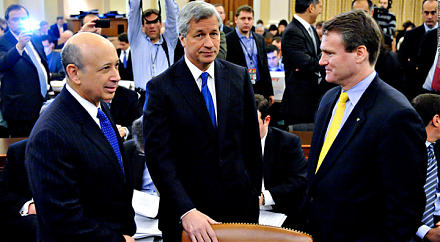

2018-06-08 13:35:00 Fri ET
federal reserve monetary policy treasury dollar employment inflation interest rate exchange rate macrofinance recession systemic risk economic growth central bank fomc greenback forward guidance euro capital global financial cycle credit cycle yield curve
The Federal Reserve delivers a second interest rate hike to 1.75%-2% and then expects subsequent rate increases in September and December 2018 to dampen inflationary pressures. This decision reflects robust economic revival in America. With sound price stability, the U.S. economy now operates near full employment with 2.1% inflation and 3.8% unemployment (i.e. the lowest unemployment rate since 2000). The current real economic growth trajectory accords with the Federal Reserve's dual mandate of maximum employment and price stability.
The Federal Reserve pencils in subsequent interest rate hikes later in 2018 (2%-2.25% in September 2018 and then 2.25%-2.5% in December 2018). This gradual acceleration of interest rate increases helps contain inflation with steady gains in the labor market. The current interest rate hike might disappoint President Trump who would otherwise prefer dovish monetary policy accommodation (in contrast to hawkish inflation containment).
However, the Federal Reserve reiterates monetary policy independence and thus continues the current interest rate hike as the U.S. economy moves along the long-run steady-state economic growth path of healthy fundamental recalibration. On balance, it is now quite plausible for America to achieve 3%+ real GDP economic growth to better balance the U.S. fiscal budget that helps neutralize both trade and budget deficits in the medium term.
If any of our AYA Analytica financial health memos (FHM), blog posts, ebooks, newsletters, and notifications etc, or any other form of online content curation, involves potential copyright concerns, please feel free to contact us at service@ayafintech.network so that we can remove relevant content in response to any such request within a reasonable time frame.
2019-03-15 13:36:00 Friday ET

CNBC stock host Jim Cramer recommends both Caterpillar and Home Depot as the U.S. bull market is likely to continue in light of the recent Fed Chair comment
2017-03-27 06:33:00 Monday ET

Goldman Sachs chief economist Jan Hatzius says the Federal Reserve's QE exit strategy makes sense ahead of Fed Chair Janet Yellen's stepdown in 2018
2018-01-02 12:39:00 Tuesday ET

Goldman Sachs takes a $5 billion net income hit that results from its offshore cash repatriation under the new Trump tax law. This income hit reflects 10%-1
2022-03-05 09:27:00 Saturday ET

Addendum on empirical tests of multi-factor models for asset return prediction Fama and French (2015) propose an empirical five-factor asset pricing mode
2020-10-13 08:27:00 Tuesday ET

Agile lean enterprises strive to design radical business models to remain competitive in the face of nimble startups and megatrends. Carsten Linz, Gunter
2026-01-31 10:31:00 Saturday ET

In recent years, several central banks conduct, assess, and discuss the core lessons, rules, and challenges from their monetary policy framework rev